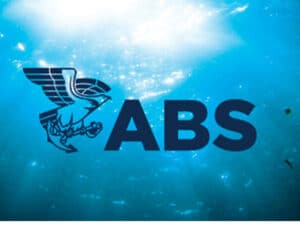
Wärtsilä dual-fuel engines pass 3 million hour milestone
Written by Wärtsilä’s dual-fuel engines have exceeded 3 million running hours in both land-based and marine applications. The company says that this is a dual-fuel technology track record that cannot be matched by any other engine manufacturer.
Wärtsilä’s dual-fuel engines have exceeded 3 million running hours in both land-based and marine applications. The company says that this is a dual-fuel technology track record that cannot be matched by any other engine manufacturer.
To date, the total number of Wärtsilä DF engines delivered for both marine and land-based applications is 470.
Dual-fuel engine technology provides the flexibility to switch between the use of natural gas and heavy fuel oil (HFO), light fuel oil (LFO) and various other liquid fuels. This flexibility in fuel choice offers numerous tangible benefits, both economic and environmental. With oil prices fluctuating and environmental regulations becoming increasingly stringent, the operator has the freedom to select the most cost-effective and readily available fuel, whilst also having the ability to utilize natural gas in order to comply with emission limitations.
“A transition to LNG fuel is one of the most realistic options for significantly reducing the environmental footprint in marine transportation. Carbon-based greenhouse gas emissions can be reduced by at least 15 percent, while sulphur and nitrogen oxide emissions are practically entirely eliminated. Dual-fuel technology is the spearhead of Wärtsilä’s engine portfolio, and is leading the marine sector towards a more sustainable future,” says Juhani Hupli, Vice President, Ship Power Technology, Wärtsilä Ship Power.
Wärtsilä began developing dual-fuel gas engines in 1987, the first concept being the gas-diesel (GD) engine with high-pressure gas injection. This was initially developed for the marine offshore market, where it has been successfully applied in numerous floating production units. The second generation of gas engines was introduced in the early 1990s as spark-ignited (SG) pure gas engines. The real breakthrough, however, came when the dual-fuel (DF) engine was introduced by Wärtsilä in 1995. The DF engines utilize low pressure gas, and combine fuel flexibility with environmental performance and fuel efficiency.
September 20, 2011





Leave a Reply
You must be logged in to post a comment.